Watches ⌚️ Thread
Witty Rejoinder said:
I’m watching…taps desk repeatedly
What’s it gonna do?

Watches ⌚️ Thread
24 hour dial watches.
Vintage Gruen Airflight military automaton 24 hour dial watch
Another 24 hr dial, I prefer the Gruen.
Watches.
I’m watching…
taps desk repeatedly
What’s it gonna do?
Witty Rejoinder said:
I’m watching…taps desk repeatedly
What’s it gonna do?

Mikrograph…Mikrosplit…Semikrograph…Semikrosplit… search the internet for any of these terms and you’ll find that these were the stopwatches that revolutionised timekeeping throughout the world from 1916 onwards – and you’ll also find that the invention of these timers was attributed to the firm Edouard Heuer & Co.
In 1916 these aforementioned stopwatches allowed time to be measured incrementally by both 1/100th of a second or by 1/50th of a second rather than the previous standard of that time, which was 1/5th of a second. So ground-breaking was this innovation in 1916 that the company Ed Heuer & Co were appointed to be the official timekeepers for the 1920 Olympics at Antwerp, the following 1924 Olympics in Paris, and then again for the 1928 Olympics at Amsterdam. (the 1916 Olympics were cancelled due to WW1)
Just to clarify:
If a stopwatch hand takes 60 seconds to make a revolution (or one sweep) it is considered to be a 1/5th of a second stopwatch.
If it takes 30 seconds to make a sweep it is a 1/10th of a second stopwatch.
If it takes 6 seconds to make a sweep it is a 1/50th of a second stopwatch.
If it takes 3 seconds to make a sweep it is a 1/100th of a second stopwatch.
These two Swiss patents # 73392 and # 73393 were for specific components of a pocket watch movement called the Heuer “601” Calibre (or alternatively the “604” Calibre).
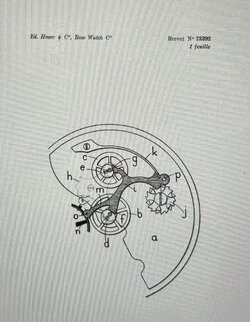
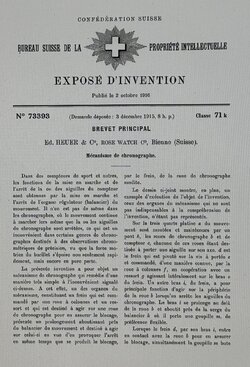
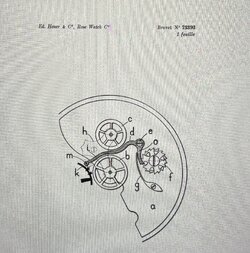
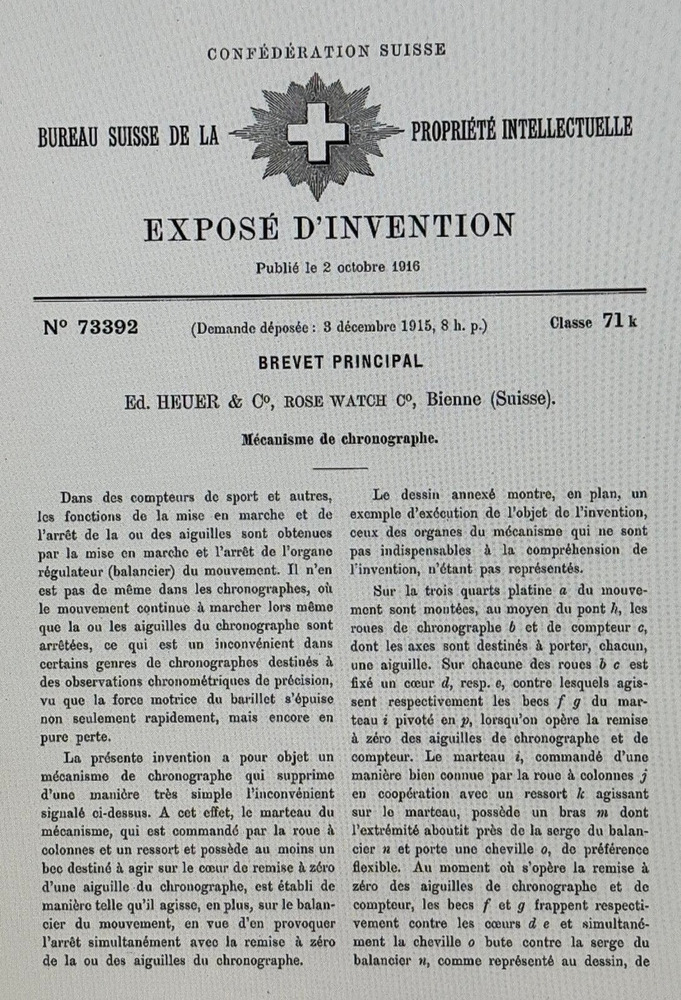
But the next stopwatch we see doesn’t really fit in with any of the above categories – it relates to The Great War of 1914 to 1918 – and the one that followed it just over twenty years later, World War 2. Under top secret – and highly classified during both world wars and the years in between, the stopwatch dial and movement (a Heuer 601 calibre) were specifically constructed and calibrated by the British (and the French) for the purpose of detecting enemy submarines underwater as a result of the formation (in 1915) of the ASDIC (Allied Submarine Detection Investigation Committee) during WW1.
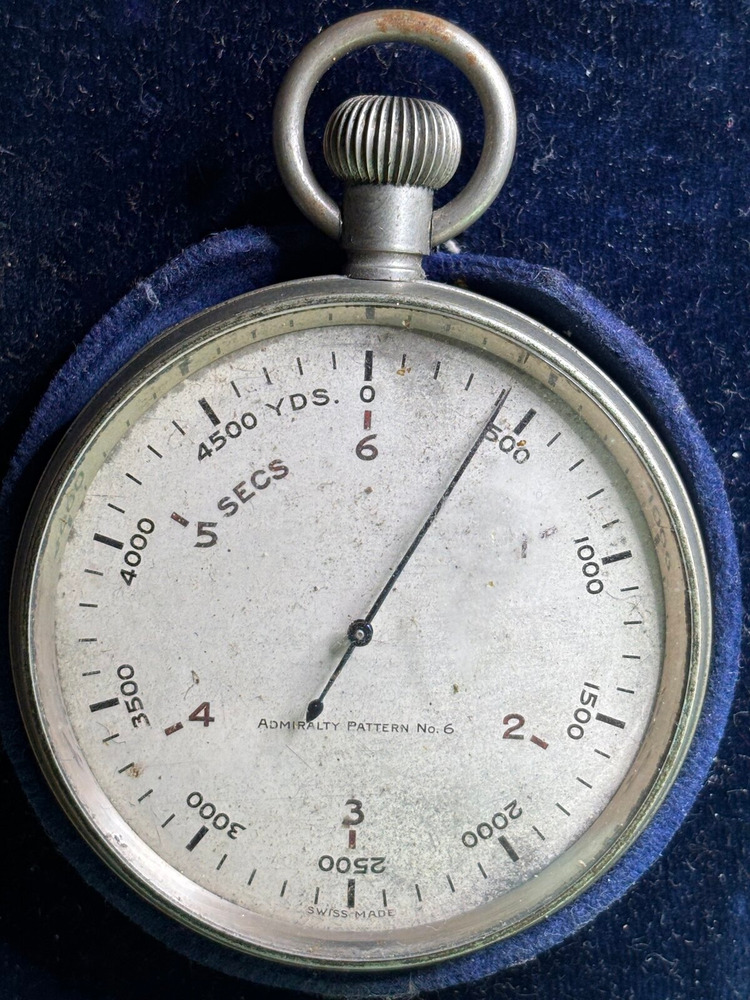
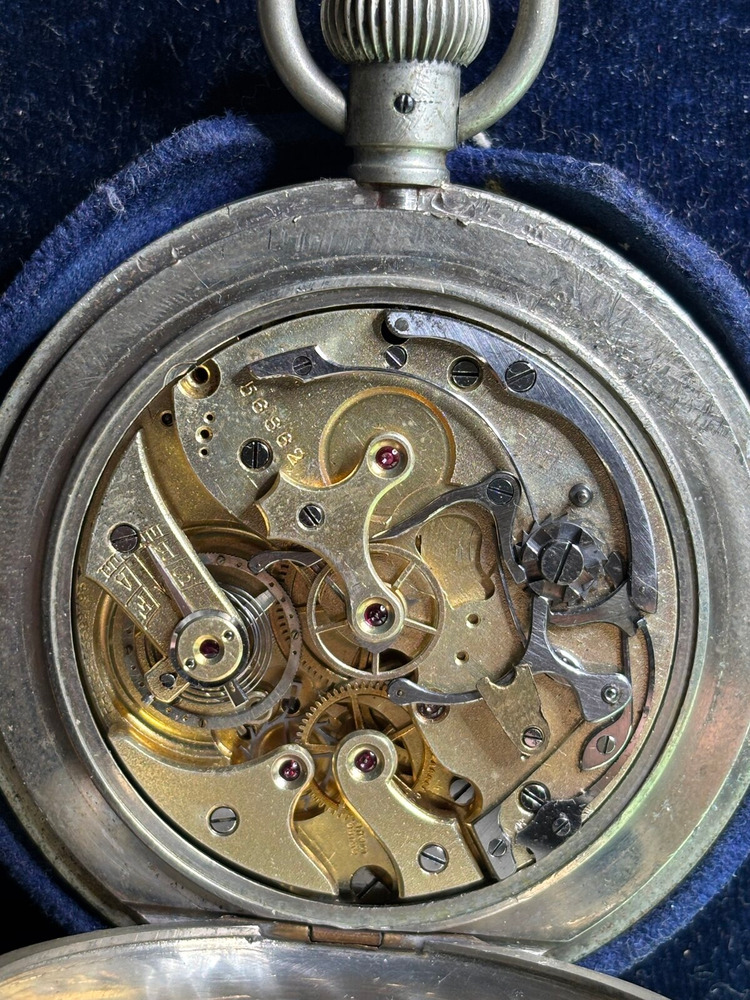
On the kinetic six man clock that DA posted, Here’s the man that made it. Gordon Bradt
Also, There are also some kinetic clocks with fleas rather than men made by R Bruce Salinger.
Tau.Neutrino said:
Lord Nelson’s 1805 Watch: A Rare Treasure from HMS Victory
Not too many of those around.
How did they make this in the 1800’s?!
or how can I repair this now?